Your Urgent Care as an Occupational Medicine Provider
Adding occupational medicine services to your urgent care can drive traffic and profitability for your clinics.
“Occupational health is a great service line to embed within urgent care,” says Misti Bowers, RN, BSN, MSN, COO of Noon Health. “You typically see a positive correlation between occupational health increasing your urgent care business. Your patient base of employees find out more about your services and tend to return with their families if they’ve had a good experience.”
Occupational medicine pertains to health in the workplace, with a focus on preventive health measures. This might include drug tests and physicals in addition to treating workplace injuries.
“Occupational medicine can be quite broad. Services vary depending on employer needs, like how physical their employees’ jobs are,” Bowers says. “Truck drivers might need vision and auditory screenings. It could be going to employers to give flu shots. Traditionally, it’s managing workers’ comp injuries but that isn’t a requirement by every employer.”
Adding occupational services typically involves a contract with your participating employers covering what services you’ll provide and associated costs. You’ll also need a plan for marketing your offerings to employers in your area -- perhaps adding a sales position or other staff with the expertise to build and maintain the necessary B2B relationships.
Occupational medicine services can be a good strategy for increasing your activity during slow times. Occupational visits increase during the summer months that can be non peak periods for urgent care in general. Some industries tend to hire more and see more workplace injuries in warmer weather -construction, for instance.
While these services can be a productive and profitable new service line for your clinic, in order to see the maximum benefit, it’s important to be prepared before diving in. You may need to invest in new software to manage and bill employer accounts. Is your team prepared to serve patients in a slightly different capacity? Generally an urgent care provider’s role is to serve patients in a single one and done visit, but in occupational medicine they build ongoing relationships with their partner employer and its employees. “
It takes a tremendous amount of planning for staff education in this area,” Bowers says. “These are services you want to do an excellent job at - you’re taking care of someone whom you need to have a good experience, so they don’t give negative feedback to HR or others. That type of feedback can be detrimental to a clinic.
“To do occupational health correctly, you have to be sure your staff understands the right workforce regulations and is properly certified. It’s all about staff training, communication and being convenient to employers you want to partner with.”
Expanding with occupational health offerings can help your clinics become more integrated with the community, grow your patient base and increase the visibility of your brand. Ready to tap into those benefits? Noon Health can guide you when you contact us today.

